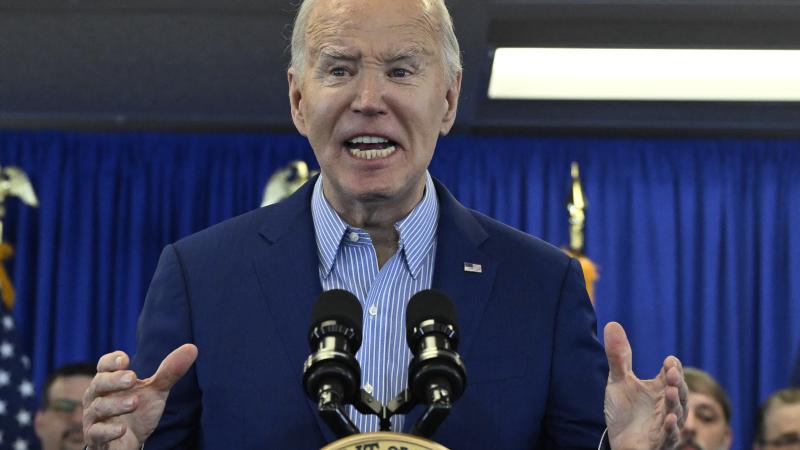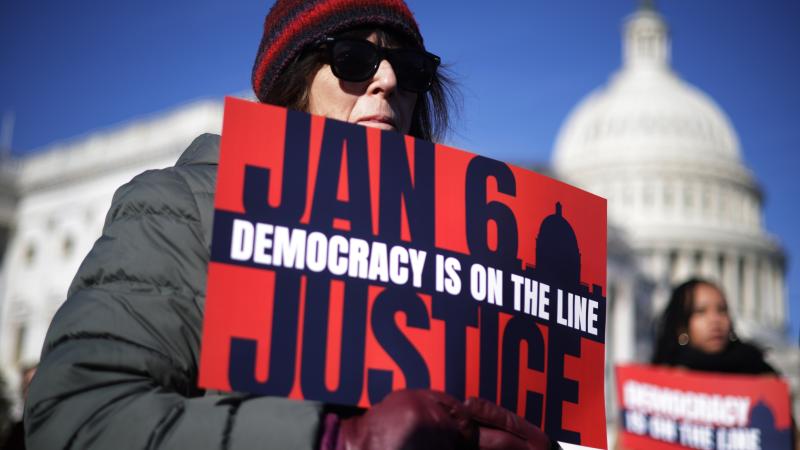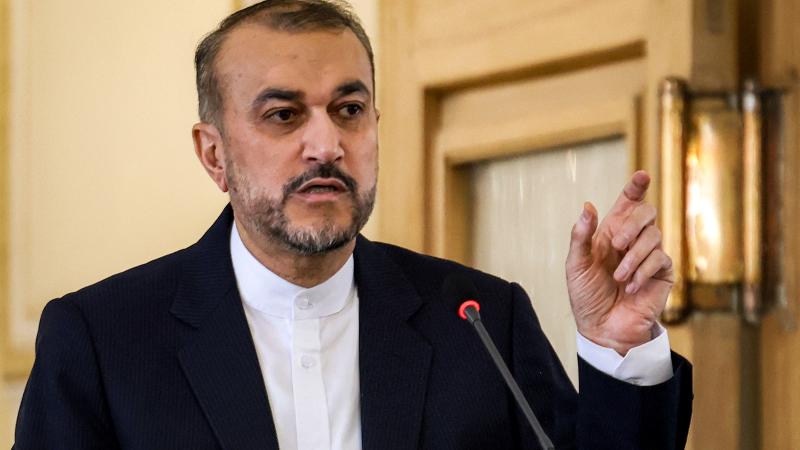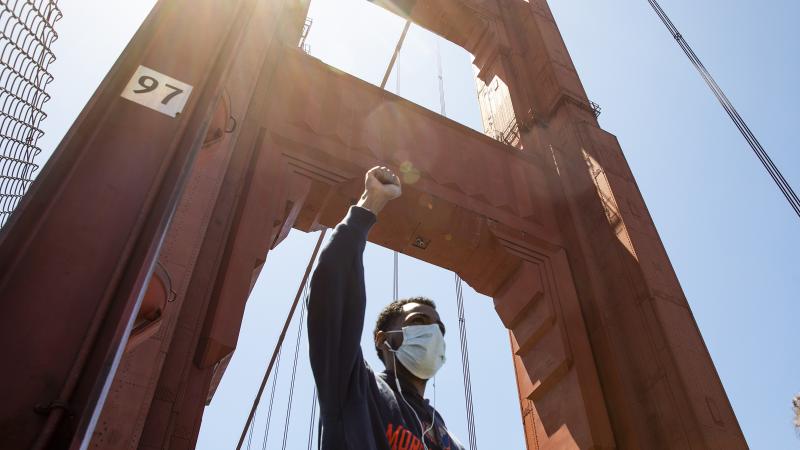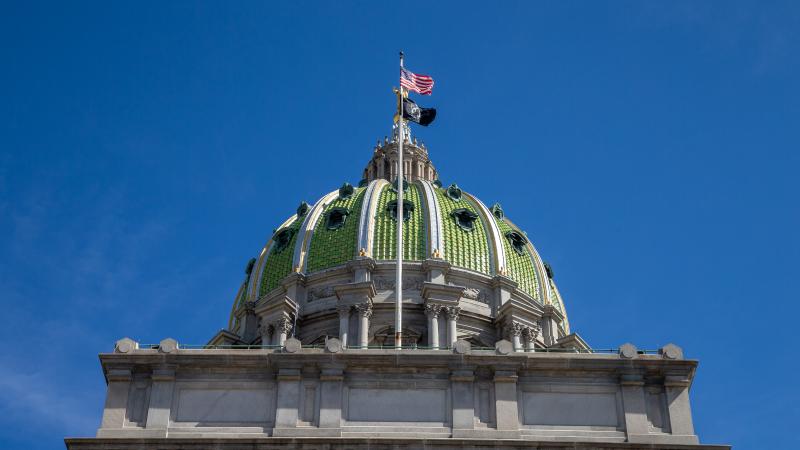COVID surges in Japan, India follow earlier praise for countries’ mask usage, mitigation success
Countries are seeing high spikes after apparently having brought virus under control.
Major COVID surges in Japan and India in recent weeks and months have followed earlier claims that widespread mask usage was successfully keeping transmission of COVID-19 at low levels in both countries.
Japan in particular was last year hailed as one of the globe's major coronavirus success stories, with its COVID-19 numbers significantly lower than other major countries in the spring and throughout the summer of 2020.
That success was attributed in no small part to widespread mask-wearing, which is ubiquitous in Japan as it is in numerous other Asian countries. Infectious disease experts and public authorities in the New York Times, the Associated Press and the BBC all credited masks with containing transmission rates there.
Yet two large surges in cases in Japan — one that occurred from November into January and one that began in March and is still ongoing — has challenged that narrative, particularly as there is no indication that Japanese citizens stopped wearing masks en masse prior to those spikes. The University of Maryland Center for Geospatial Information Science's COVID-19 World Survey Map indicates no change in the nearly-100% regular mask usage in that country since at least early November.
The Japanese government this week announced a coronavirus emergency, ordering widespread business closures in major cities in the hopes of tamping down the surge. One of the country's top coronavirus advisers also urged Japan to proceed cautiously with the country's planned Summer Olympics in light of the most recent surge.
India, meanwhile, is laboring under a relentless and debilitating COVID surge, with positive test results approaching 400,000 per day, a staggering raw number unmatched by any other country in the world over the past year.
Like Japan, India's success was credited to forceful masking policies: The country last year imposed a strict nationwide mask mandate that included an aggressive ticketing regime and a major public awareness campaign.
Shortly thereafter, virus cases there began to decline. COVID-19 was "consuming" India, the Wall Street Journal reported in December, "until nearly everyone started wearing masks." The BBC, meanwhile, claimed that COVID transmission there was slowed in part because of "the expanded use of face masks." One officer told the Journal that "ninety-nine percent of the people" were wearing masks by December.
As with Japan, there are no clear signs that mask usage in India sharply dropped prior to the most recent spike. UMD's data indicate a relatively steady rate of about 80% compliance since November. Indian health officials, meanwhile, late last month directed citizens to begin wearing masks inside private homes as well as in public places.
Babak Javid, an associate professor at the University of California, San Francisco's division of experimental medicine, said the two countries have taken significantly different approaches to mitigating the COVID pandemic.
"Japan's policy was to target 'high transmission' risks, e.g. being indoors in crowded spaces, as well as masking to reduce onward transmission, and it was largely successful in mitigating spread," Javid said. However, he added, "these strategies will only work as long as they are upheld."
India, meanwhile, "went into a largely unsuccessful national lockdown nearly a year ago," Javid continued, "which didn't really impact their Covid epidemic, and the epidemic appeared to subside without much relation to 'non-pharmaceutical interventions' (such as masking)."
"I'm not sure mask compliance was very high in India to begin with, and certainly wasn't sustained in the same way it was in Japan," he continued, though he admitted that that assessment was an "anecdotal impression from speaking with colleagues and friends in India."
"I think it's probably a combination of factors, including biological ones, as well as behavioural issues," he said of that country's crisis. "My strong feeling is that overly simplistic explanations of the India situation are very unlikely to be correct."
Lisa Brosseau, a retired professor from the University of Illinois at Chicago School of Public Health, suggested that the two countries may be dealing with mutations of the virus in their most recent spikes.
"It may be that the variants are playing a role — just as they are in the US where we are seeing a rise in cases in some states," she said. "The variants are more transmissible and may lead to more serious health outcomes as well."
Brosseau, who last year was among the very few health experts criticizing the new prevailing wisdom on face masks, said that her opinions in that regard "have not changed" in the intervening year.
Masks "may be effective at stopping large droplets but are ineffective at preventing the emission or inhalation of smaller infectious particles," she said, arguing that "there seems to be little recognition that the amount of time one spends in an indoor space inhaling infectious particles has a big impact on whether one receives an infectious dose."
The Biden administration announced this week that it would soon begin to restrict travel from India due to concerns that visitors could contribute to COVID-19 outbreaks in this country.
India currently has the second-highest number of confirmed COVID cases in the world at over 19,000,000, as well as the fourth-highest number of deaths at just over 200,000.
The country's considerable population of nearly 1.4 billion, however, means its adjusted case and death rankings are significantly lower than those of its raw numbers.







